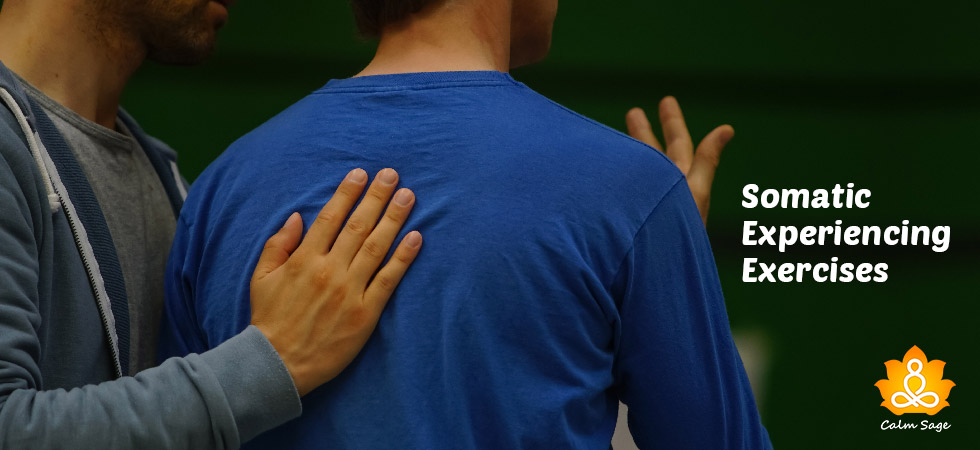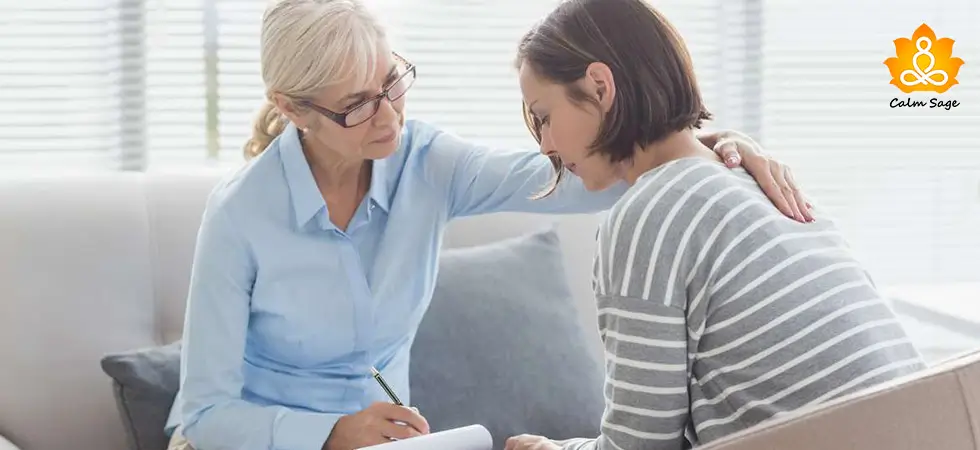Healing With Colors! What Is Color Therapy & How It Helps
Colors have healing properties that can help treat psychological and physical wounds. Color therapy or chromotherapy is a holistic healing technique that, with the help of colors and their frequency, helps heal people suffering from emotional, mental, and physical pains.
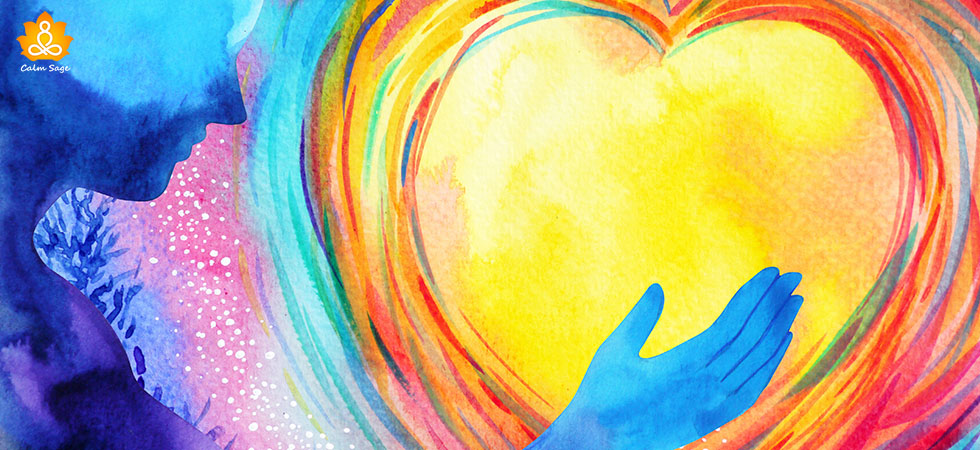
“Mere color, unspoiled by meaning, and unallied with definite form, can speak to the soul in a thousand different ways. ” – Oscar Wilde
Look around. Look up to the sky. Look down at the grass under your feet. What do you see? Up above the sky is blue, down below the grass is green. All around you, there are colors. Colors are what makes our life bright. Colors change our scenery from black, white, and grey to different shades of blue, red, green, and yellow
Not only do colors make our world seem brighter and lovelier, but they can also make us feel and react to different things and situations. Colors bring joy but they also heal, strengthen, and calm us at the same time.
In recent years, natural healers have begun using colors to provide holistic healing to people suffering from psychological and physical pains. This healing is known as color therapy or chromotherapy.
This alternative therapy aims to change the emotional and physical imbalance in our bodies. Every color on the spectrum can elicit different reactions in us, thus affecting our bodies. For instance, if you’re stressed or anxious, color therapy can help you feel calm and soothe your nerves.
Colors & Chakras
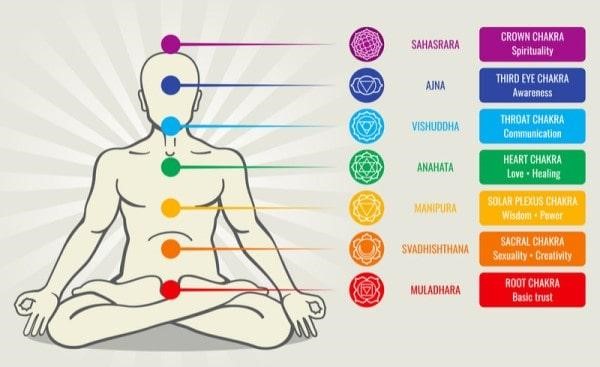
In the east part of the world, alternate therapies are most commonly used instead of western medicine. According to Indian philosophy, seven chakras in our body help center the spiritual power and the energy within our bodies. Each of the chakras represents a different color.
1. The Root Chakra: Located at the base of the spine, this chakra is represented by the color red. As the name suggests, this chakra grounds and connects to the Earth.
2. The Sacral Chakra (mind-body chakra): Located below the navel, this chakra is represented by the color orange. This is associated with reproduction, kidneys, adrenals, and pleasure.
3. The Solar Plexus Chakra: Located between the navel and the sternum, this chakra is represented by the color yellow. This is associated with the pancreas, liver, digestive system, positivity, self-esteem, and well-being.
4. Heart Chakra: Located near the heart, this chakra is represented by the color green. This is associated with the energy field, nervous system, heart, lungs, immune system, mental center, compassion, and confidence.
5. The Throat Chakra: Located in the throat, this chakra is represented by the color blue. This is associated with the thyroid, metabolism, and peace.
6. The Third-Eye Chakra: Located between the eyebrows and in the middle of the forehead, this chakra is represented by the color indigo. This is associated with the pituitary gland, pineal gland, sleep, self-esteem, wisdom, and intuition.
7. The Crown Chakra: Located on the top of the head, this chakra is represented by the color violet. This is associated with the pineal gland, light sensitivity, sleep, dreams, and spirituality.
How Color Therapy Is Done
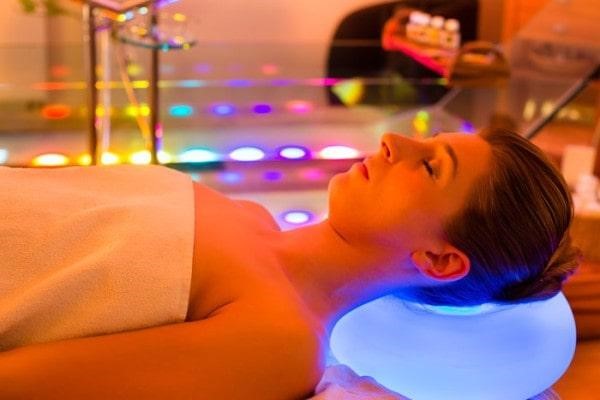
There are two methods via which color therapy can be executed. The healing with colors heavily relies on the light frequencies of color to our bodies.
1. Via Eyes
One of the simplest ways to deliver color therapy is by merely looking at a color. In this method, a person looks at a color for a few minutes to receive the therapeutic benefits via the eyes. What needs to be kept in mind in this delivery is the colors. Each color has its meaning. For instance, looking at red might cause you to feel aggression or agitation while looking at blue might make you feel at ease.
Color therapy is an individualized form of therapy and it is to be kept in mind that what works for you might not work for someone else and vice versa.
For instance, if you’re seeking therapy for anxiety, then the color blue or blue light will be beneficial for you. If someone is seeking therapy for depression, the color blue might make them feel more vulnerable.
2. Via Equipment
Various types of equipment to assist with color therapy are used. In this delivery method, color is projected on a screen for you to look at. The color comes from specific light bulbs of no more than 500 watts. Various salons and therapy centers provide color therapy. They use equipment that lights a specific color to massage the acupressure points on the body to help with emotional healing.
Is Color Therapy Right For You?
As previously mentioned, color therapy is individualized therapy. It might or might not work for you. Color therapy isn’t widely popular since western practices are yet to prove its effect on healing. But if you understand the psychological effects of colors on your emotional well-being, then color therapy might be the right therapy for you.
Even if color therapy isn’t for you doesn’t mean that there aren’t other therapies out there for you. To know which therapy is right for you, you can write to us at info@calmsage.com or visit our services page to connect with our trained and licensed therapists for more information.
Colors can have psychological effects on your health and each color holds a different meaning in terms of psychological health. Colors help us process and express our emotions. They help us understand our moods and problems.
Here are some colors and the effects they have on our health:
Green

This color represents balance and is considered safe. Green can uplift your mood if you’re feeling sad, depressed, or hopeless. It represents joy, love, peace, hope, strength, and serenity.
Blue

Blue is a color that can evoke mixed feelings. On one hand, this color can worsen your low mood and on the other hand, it can bring you peace and relaxation. This color is most frequently used in a meditation setting and can be associated with wisdom, creativity, and loyalty.
Yellow

This color encourages action. During color therapy, yellow can increase energy and can make you feel happy. It is often associated with intelligence, wisdom, betrayal, and cruelty. Too much of this color can make you feel negative.
P.S. Yellow is one of the most intense colors on the spectrum.
Orange

Abundance, pleasure, and wellness are all associated with this color. Orange, when used in color therapy, can re-energize you and increase your mental focus. This color is, however, not recommended if you’re prone to anxiety.
Red

Red is one of the most powerful colors on the spectrum as it can be very stimulating. This color often evokes intense feelings and extreme emotions. During color therapy, red can cause feelings of agitation and aggression, therefore it is not recommended for a person with severe mental health conditions.
Purple

Purple color is mostly associated with beauty, spirituality, and delight. In color therapy, this color is often used on the forehead to induce feelings of relaxation and calm.
Color therapy is also considered as a healing tool by many art therapists. A combination of art therapy with color therapy can help you express emotions and feelings on canvas. Therapists, by analyzing the color and its meaning to you and your health can help you understand your feelings and how to deal with them.
Benefits Of Color Therapy
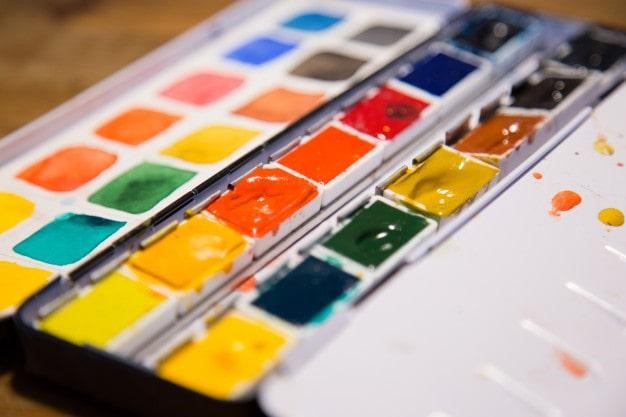
Different colors represent different meanings. Color therapy can help treat issues such as:
- Depression
- Anxiety and Stress
- Vertigo
- Phobias
- Metabolism problems
- Heart, kidney, or lung problems
- Blood pressure
Other benefits of color therapy are:
- It is beneficial for people of all ages and is pain-free.
- Addresses both, physical and psychological, symptoms of a condition.
- Helps balance the chakras in the body.
- Eases practicing meditation and lightens the mood
- Eliminates emotional pain that might hinder mental or physical health.
Final Words…
When I was in therapy, my therapist gave me an exercise to do every morning. The feeling sad made me reluctant to get up in the morning. My therapist suggested that when I wake up, keeping my eyes closed, I rub my palms together and imagine a blue light. Keeping in mind the blue light, I was to then put my palms over my eyes and feel the calm coursing through my body.
This exercise proved to be very helpful, especially on the days where I was having trouble finding my energy.
Color therapy is an effective treatment that can be used alongside other therapy approaches. However, it is important to know that color therapy can have a strong impact on one’s mind and body. If you’re looking to seek color therapy, then it is recommended you talk to a therapist that specializes in the same as it can be an intense form of therapy.
“Color is simply energy, energy made visible. Colors stimulate or inhibit the functioning of different parts of our body. Treatment with the appropriate color can restore balance and normal functioning.” – Laurie Buchanan







